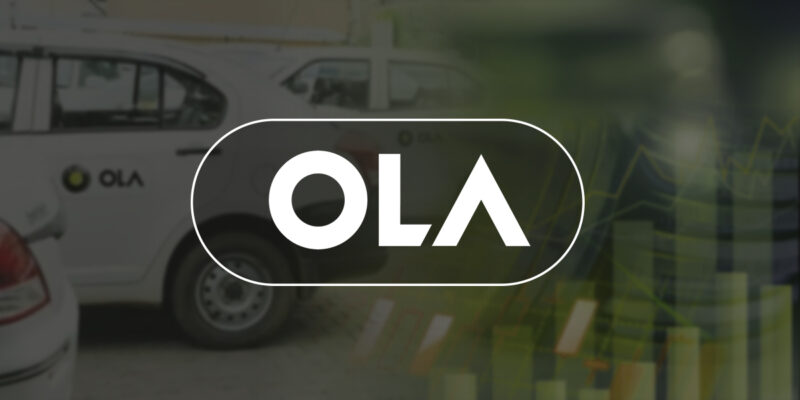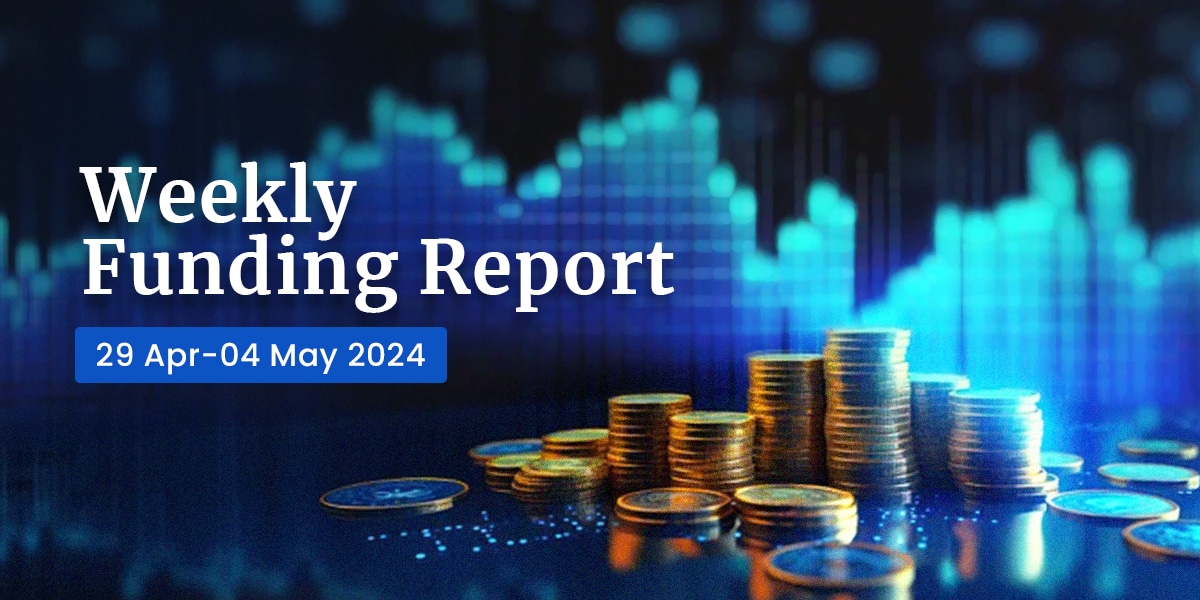Ola’s parent entity ANI Technologies recorded a 42% growth in scale to Rs 2,799 crore during the fiscal year ending March 2023 as compared to Rs 1,970 crore in FY22, as per the audited consolidated financial results published on Ola’s website.
The company also managed to cut down its losses by nearly 50% to Rs 772 crore during FY23 against Rs 1,522 crore in FY22.
Ola runs more than half a dozen verticals including mobility, financial services, cab hailing business outside India, buying and selling of used cars, and food comprising cloud kitchen and food delivery.
Ola Money, which operates as a financial services platform, posted Rs 85.5 crore revenue with a loss of Rs 54.6 crore whereas its cab leasing firm Ola Fleet Technologies’ revenue stood at Rs 189.9 crore with Rs 387.6 crore loss in FY23.
Moreover, its food delivery entity Pisces Services and grocery unit Ola Stores Technologies posted Rs 1.28 crore and Rs 22.4 crore revenue with a loss of Rs 106.35 crore and Rs 81.15 crore, respectively.
On a standalone basis, Ola’s ride-hailing biz revenue stood at Rs 1,987 crore with a loss of Rs 1,082 crore during FY23. On the other hand, Uber’s Indian entity recorded Rs 679 crore revenue from Uber rides (ride-hailing).
It’s worth noting that Ola’s standalone losses (Rs 1,082 Cr) are more than its consolidated losses (Rs 772 Cr) during FY23. This can be decoded when the company files its financial statements with the Registrar of Companies including notes and other disclosures.
The group managed to keep a tap on its expenses related to the ride hailing vertical which could be evident by the reduction in losses during the said financial year. In FY22, the ride hailing biz reported Rs 3,082 crore losses.
Bhavish Aggarwal’s another firm Ola Electric filed its DRHP with SEBI to raise Rs 5,500 crore and an offer for sale (OFS) of up to 95,191,195 equity shares. As per its DRHP, Ola owns 4.35% stakes in the company while SoftBank is the largest external shareholder with 21.98% shares.














